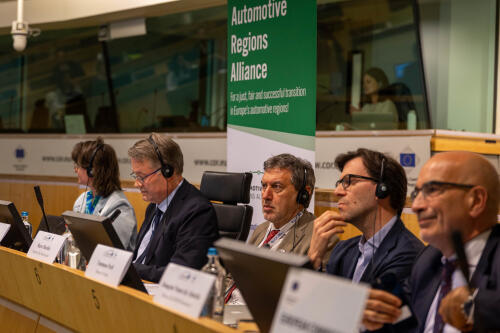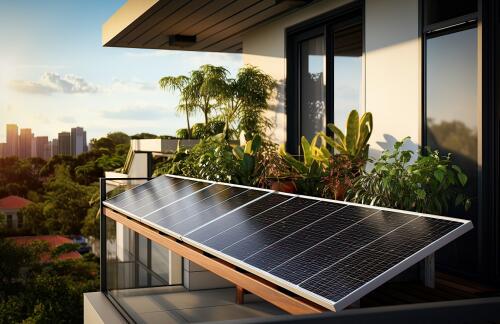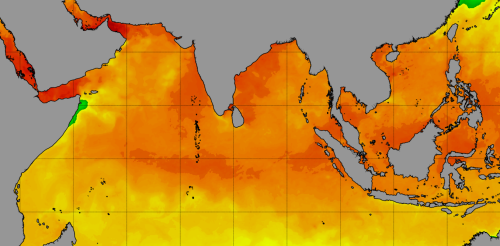Europe
Europe’s car-producing regions know that decarbonisation will hit the traditional car industry hard and result in thousands of job losses. For them, the name of the game now is how to limit the damage, and how the EU can help. A Committee of the Regions conference held in Brussels on 22 May brought together experts and industry players from the 36 regions of the ‘Automotive Regions Alliance’ – a group that focuses on how car manufacturing regions can navigate Europe’s decarbonisation journey. For these regions, the future of European car-making is critical. “The automotive industry … generates over 7% of EU’s GDP and around 13.8 million people work in it, creating important multiplier effects in supplier industries” explained Emil Boc, chair of the CoR’s commission for territorial cohesion policy and EU budget, and mayor of the Romanian city of Cluj-Napoc. A just transition for car manufacturing...
This new wave of solar producers aren’t just getting cheap electricity, they’re also participating in the energy transition. More than 400,000 plug-in solar systems have been installed in Germany, most of them taking up a seamless spot on people’s balconies. New data shows at least 50,000 of the PV devices were added in the first quarter of 2024 alone. A boom born from Germany’s “very strong solar culture”, in the words of one expert. Solar balconies are a piece of the wider energy transition across Europe, explains Jan Osenberg, a policy advisor at the SolarPower Europe association. “We see them as a subset of rooftop solar, but also as something different,” he tells Euronews Green. “We basically see it as a trend to use all possible artificial infrastructure for solar generation.” Train tracks, motorways, carparks, car roofs, cemeteries and building facades… the list...
The 2022 Inflation Reduction Act, President Joe Biden’s landmark climate law, is now expected to prompt a trillion dollars in government spending to fight climate change and trillions more in private investment. But the law and Biden’s broader “buy American” agenda include measures that discriminate against imports. One year in, these policies, such as the law’s electric vehicle subsidies, appear to be succeeding at growing domestic clean energy industries – consider the US$100 billion in newly announced battery supply chain investments. But we believe the law also clearly violates international trade rules. The problem is not the crime but the cover-up. Today’s trade rules are ill-suited for the climate crisis. However, simply tearing them down could hinder economic growth and climate progress alike. If U.S. leaders instead take responsibility for forging an improved international trade system – rather than denying the violation...
In order to drive the progress and development of innovative solutions that tackle climate change and help the environment, there needs to be regulatory frameworks in place that help companies make bolder steps forward, top industry CEOs told CNBC. Ester Baiget, the CEO of biosolutions firm Novozymes, said that “roadblocks” usually stand in the way of companies producing sustainable solutions which needed to be removed. “We need to work more with authorities to create the framework that we can move bolder … faster,” Baiget said on an “IOT: Powering the digital economy” panel moderated by CNBC’s Steve Sedgwick at this year’s World Economic Forum in Davos, Switzerland. “We have a regulation which is based on the past,” she added, pointing out that in her own sector it can take six years to register a new microbe (or microorganism) to replace fertilizers, for example. Microbes have been put...
Ocean temperatures have been off the charts since mid-March 2023, with the highest average levels in 40 years of satellite monitoring, and the impact is breaking through in disruptive ways around the world. The sea of Japan is more than 7 degrees Fahrenheit (4 degrees Celsius) warmer than average. The Indian monsoon, closely tied to conditions in the warm Indian Ocean, has been well below its expected strength. Spain, France, England and the whole Scandinavian Peninsula are also seeing rainfall far below normal, likely connected to an extraordinary marine heat wave in the eastern North Atlantic. Sea surface temperatures there have been 1.8 to 5 F (1 to 3 C) above average from the coast of Africa all the way to Iceland. So, what’s going on? Sea surface temperatures are running well above the average since satellite monitoring began. The thick black line is 2023. The orange line is 2022. The 1982-2011 average is the middle dashed li...




